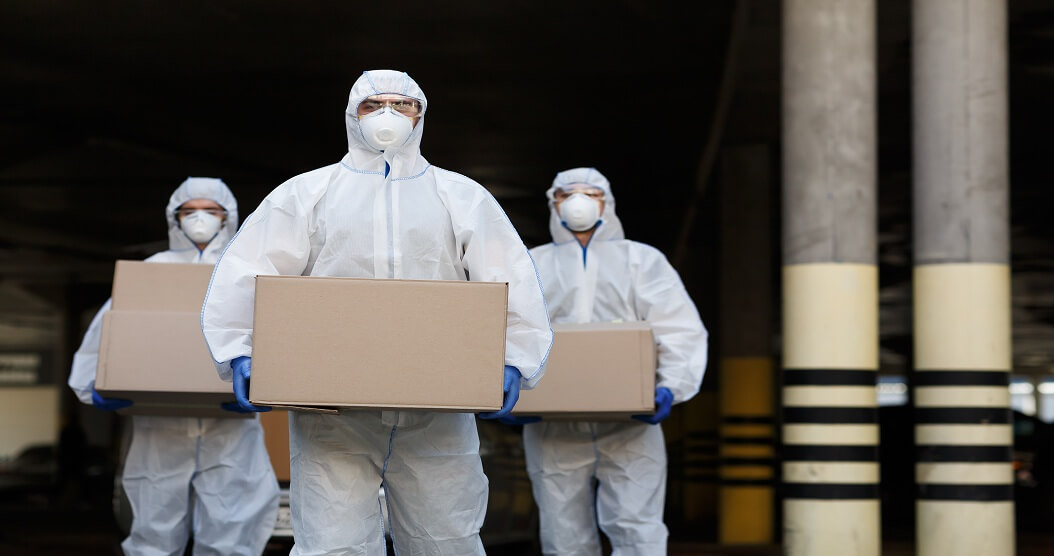So far, over 1 Million Californians have tested positive for the COVID-19 virus, with more than 18,500 of them succumbing to it, as reported by the California Department of Public Health (CDPH). For nearly a year now, researchers, scientists, and medical professionals have been working tirelessly to develop a vaccine for COVID-19. Luckily, there has been a recent breakthrough, with the latest clinical trials on the COVID-19 vaccine yielding promising results. Some biotechnology companies such as Moderna and Pfizer are anticipating to have the vaccine before the year-end. Nevertheless, the distribution may take longer to reach the rural areas because of logistical issues such as vaccine storage conditions, necessary protective equipment, and vaccine scarcity, as reported by the Sacramento Bee Newspaper.
For these reasons, the vaccine distribution will take place in the following three phases.
Phase 1: Healthcare Workers and Vulnerable People
According to the California COVID-19 vaccination plan, the government will distribute the vaccine to healthcare professionals in phase 1-A since the vaccine may be scarce at first. This is because medical practitioners and caregivers are among the most vulnerable populations due to the direct interaction with COVID-19 patients in the line of duty. Phase 1-B will involve distributing the vaccine to people who are more susceptible to the virus due to impaired immunity. The Centers for Disease Control and Prevention (CDC) defines the vulnerable community as those above 65 years of age and those with underlying medical conditions, including diabetes, cancer, chronic kidney disease, obesity, and heart conditions.
Phase 2: Critical Population
When the vaccine supply increases significantly, the government of California will embark on phase 2 of distributing the COVID-19 vaccine. Like in phase one, this distribution will target healthcare workers and vulnerable people who didn’t have access to the vaccine during the first phase of distribution. The other groups in the phase 2 distribution will be those who’ve been struck most by the pandemic, including, among others, the disabled, those in correctional facilities, nursing homes, and the marginalized ones. According to the National Center for Biotechnology Information (NCBI), marginalized groups include those discriminated against on the basis of gender, income, race, ageism, lack of employment, and those with little or no access to healthcare. Despite marginalization in California, the government intends to conduct a demographic audit to ensure that the COVID-19 vaccine reaches every Californian regardless of their ethnicity, social status, and sexual orientation.
Phase 3: General Population
Once the government finally gets a full supply of the COVID-19 vaccine, it will be open to everyone in California. Health agencies and other stakeholders anticipate the third phase of COVID-19 distribution to be in the third quarter of 2021, when the vaccine will be available for all 40 million people in California. Apart from distribution, the California Department of Public Health (CDPH) will track vaccines and monitor any gaps in the vaccination in some communities, especially the marginalized ones. Even before approval, some countries have already pre-ordered the COVID-19 vaccine, with the U.S. government making a deal with Moderna to manufacture about 100 million doses of the COVID-19 vaccine candidate, per the U.S. Department of Health and Human Services (HHS).
As you wait for the COVID-19 vaccine to be available in California, you should take proactive measures to protect your health with the right health insurance and life insurance. When looking for the right coverage, don’t hesitate to contact the experts at Donald Weiss Insurance Services. Our dedicated team is ready to assist you with all your insurance needs.

